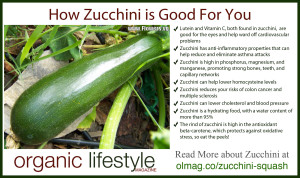Soaking Garden Seeds
Visualize yourself totally stoked about gardening. In this picture you are getting some garden beds or containers ready for planting. Maybe your schedule lightened up and you found yourself with a free day to garden – to plant seeds. The cool of the morning ignited your enthusiasm and in just two or three hours you made the soil look gorgeous, fertile. “Wow,” you say. “Any seed will thrive in that soil.”
But wait! Before you throw those dry seeds from the packet into the dirt, please know this.
Seeds are miniature storehouses of information. Not only do they know how to produce a plant, they know how to protect themselves from the harsh conditions in nature. Seeds are encoded with inhibitors, a defense mechanism that gives them the ability to survive, to withstand overly wet or dry conditions, extreme temperatures, and, if eaten, to survive the acid filled digestive tract of an animal. Soaking seeds for 8 to 16 hours before planting leaches away these inhibitors; soaked seeds germinate at a much quicker rate.
Although you’re excited about weeding the earth and preparing the soil, (woo hoo – pat yourself on the back!) go ahead and pause. The soil will wait while the information rich seeds soak in warm water in preparation for planting.
If you have soaked seeds before, you may realize that wet seeds are more challenging to work with than the dry ones out of the packet. After soaking, rinse the seeds, drain the excess water, and then put them on a rag or washcloth. It’s also wise to keep a dry rag or cloth nearby when planting to wipe your hands on – the entire planting process goes more smoothly when you keep your fingers dry.
Happy Planting!
May your harvest be nutritious and delicious!
